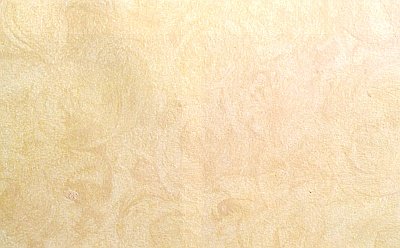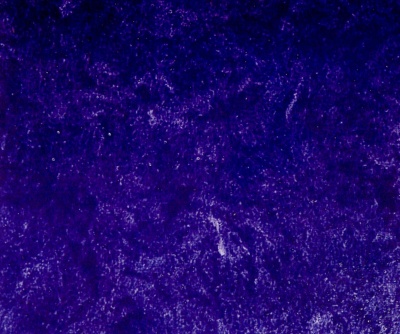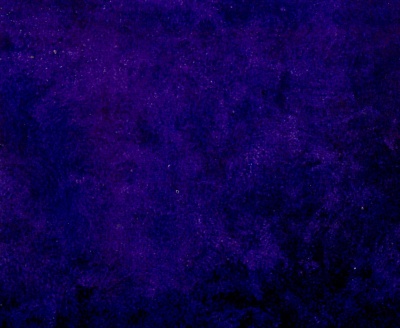Pounced and Twisted Rag Painted Method

Ragging on paint effect with a twist
This technique produces a heavily glazed surface, but with a more stylized, floral-like texture, because here you use a different hand motion than in traditional rag painting applications.
Because of the twisting, this method is slower than regular pounced rag finishes, making it harder to keep a wet edge and blend work areas into one another.
For this reason, this finish is recommended for smaller surfaces.
Preparation
Prepare your surface according to the instructions in the basic ragging tutorial, and use the same list of tools and materials to gather your supplies for this project.Allow the base coat to dry overnight before applying the glaze.
Application
1) Crumple a clean rag and dip it into the glaze. Don't squeeze out the excess liquid prior to application - the glaze should be sopped liberally onto the surface.Keep the rag crumpled to create a noticeable texture.
2) Apply the glaze to the project area with a pouncing and twisting repetitive motion.

Twist the rag clockwise on the surface for one imprint, and counter-clockwise for the next one, and so on - this will result in a more random effect.
3) Stand back often and evaluate your work - it's easier to correct any obvious mistakes inconspicuously while the glaze is still wet, but small detail can be touched up with a corner of your rag even after the glaze has dried - so leave perfecting for last!
Get into the corners and edges as you get to them.
NOTE: The thick application of the glaze will provide a predictable final color, but the base coat still makes a difference:

The photo above shows the same glaze color but applied over a darker base for a less contrasting, more blended look.
Return to Ragging On Paint Techniques.








